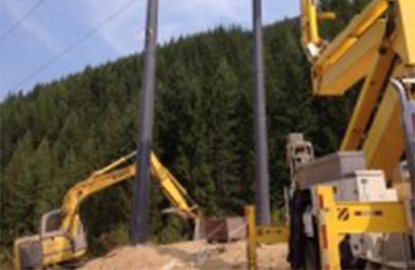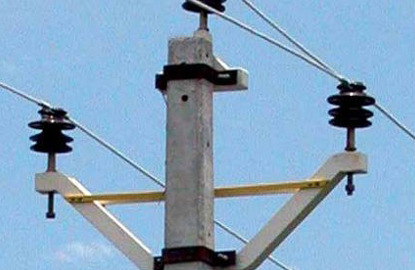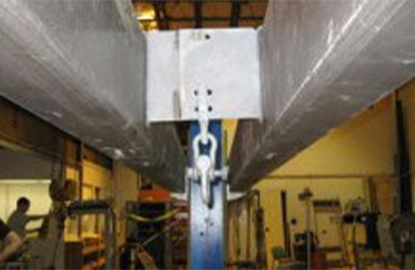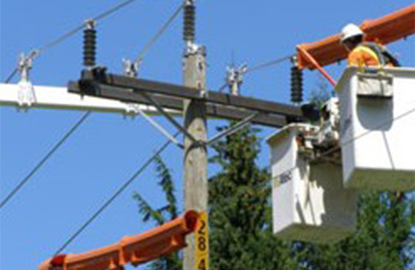When we looked at the “6 Reasons to Choose FRP Cross Arms” one of our key reasons was Cost Savings. But how exactly can composite cross arms save utility money? And, how much? Here we take a look at just one example of how significant savings can be achieved with FRP cross arms overuse of traditional materials, such as wooden cross arms.
Long Term Performance = Cost Savings
Accelerated aging tests by an independent laboratory confirmed that FRP TI’s two-component polyurethane composite cross arms have an expected life span of over 75 years. This life span is much longer than wooden cross arms or galvanized steel (with no additional corrosion intervention after the galvanized coating is gone), which is about 25 to 35 years in most urban environments.
This 75-year lifespan of composite cross arms results in cost savings because the largest cost of replacing cross arms is the cost of sending a crew to the site. With a lifespan of up to 75 years, FRP cross arms provide the possibility to skip up to 2 replacement cycles compared to wooden cross arms.
In terms of overall life cycle cost analysis, this results in significant savings. In fact, using FRP Cross Arms can save a utility over $50,000 per structure. On 1,000 structures, this is a savings of $50 million over 75 years.







